An Alaska Airlines Boeing 737 MAX 9 experienced a panel blowout in flight, leading to an emergency landing. This incident triggered U.S. regulators to order the temporary grounding of 171 Boeing 737 MAX 9 jets for safety checks.
In this article, we share the breakdown of the actions taken by regulators and airlines in response to the Alaska Airlines B737 MAX 9 incident. Furthermore, we list the current operators of B737 MAX 9 in the world, and which has the same configuration as Alaska Airlines aircraft.
United Finds Loose Bolts on Door Plugs During Inspection
United Airlines, one of the two U.S. carriers that operate this variant with the mid-cabin exit door plugs, said that its preliminary checks found loose bolts on several of its ground MAX 9 planes.
United has reportedly found closer to 10 planes with loose bolts during its preliminary checks, up from an initial five, as reported by The Air Current.
“Since we began preliminary inspections on Saturday, we have found instances that appear to relate to installation issues in the door plug – for example, bolts that needed additional tightening. These findings will be remedied by our Tech Ops team to safely return the aircraft to service.”
Uniter Airlines spokesperson
Regulator Actions
U.S. Federal Aviation Administration (FAA)
Following the Alaska Airlines incident, the FAA issued a directive grounding 171 affected 737 MAX 9 planes until inspections are completed.
On the 6th of January, the FAA issued an emergency airworthiness directive (EAD) which requires immediate inspections of all the B737 Max 9 aircraft equipped with the door plugs.
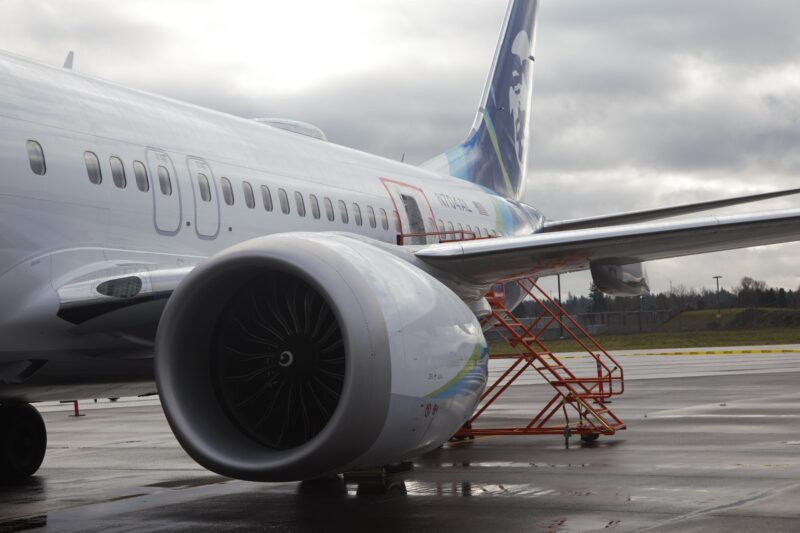
“The FAA is requiring immediate inspections of certain Boeing 737 MAX 9 planes before they can return to flight, Safety will continue to drive our decision-making as we assist the NTSB’s investigation into Alaska Airlines Flight 1282. We have grounded the affected airplanes, and they will remain grounded until the FAA is satisfied that they are safe.”
FAA Administrator Mike Whitaker
It is being reported that the inspections would take about four to eight hours per aircraft.
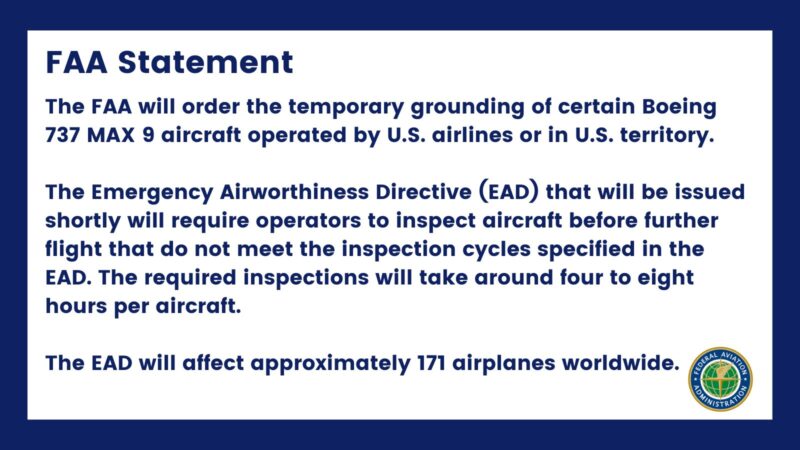
U.S. National Transportation Safety Board (NTSB)
The NTSB has initiated an investigation into the Alaska Airlines Flight 1282 incident. A team of investigators has been dispatched to Portland to thoroughly examine the aircraft and determine the cause of the incident. According to the U.S. NTSB Chair, Jennifer Homendy, the panel was recovered on Sunday.
The team comprises technical experts representing the FAA, Boeing, and Alaska Airlines, as well as representatives from pilot and flight attendant unions.
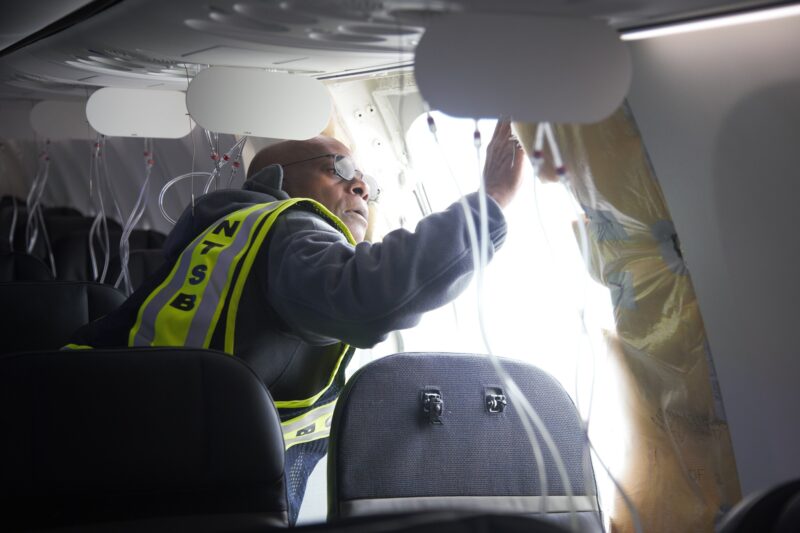
Moreover, no data was available on the cockpit voice recorder (CVR) because it was not retrieved within two hours.
“There was a lot going on, on the flight deck and on the plane. It’s a very chaotic event. The circuit breaker for the CVR (cockpit voice recorder) was not pulled. The maintenance team went out to get it, but it was right at about the two-hour mark.”
NTSB Chair, Jennifer Homendy
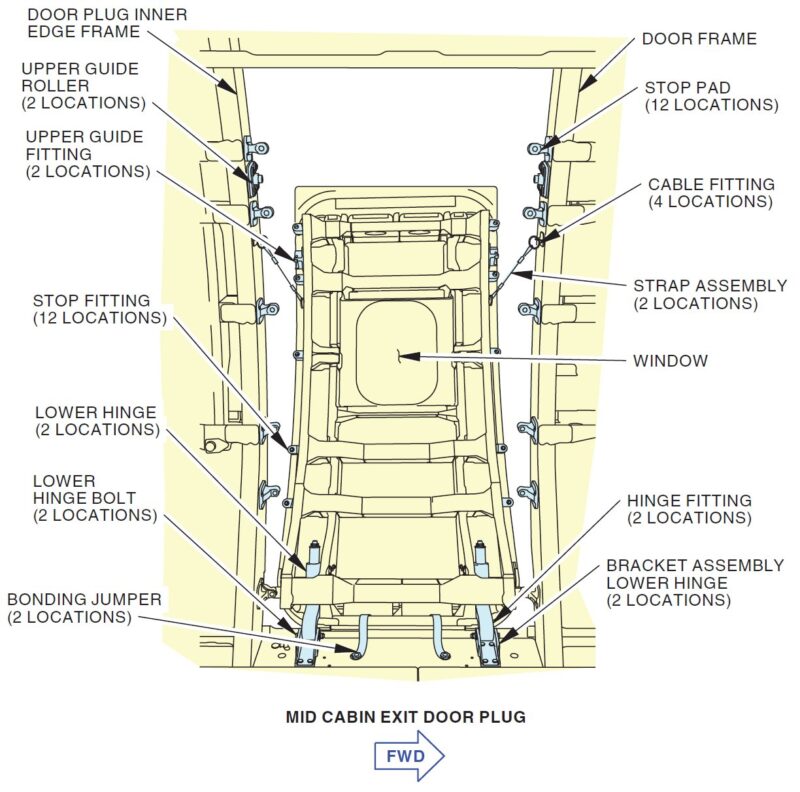
International Responses
Brazil
Brazil’s aviation regulator National Civil Aviation Agency (ANAC) clarified that there are no active Boeing 737 MAX 9 aircraft in the country.
The agency further stated that it adheres to the FAA directive and due to the absence of Boeing 737 MAX 9 jets in operation in the country, this will not affect flight operations in Brazil.
Canada
Transport Canada confirmed that no Boeing 737 MAX 9 planes are currently in use by any Canadian operators and the agency further stated that the FAA ruling has been applied to all flights in the country.
European Union and the United Kingdom
The European Union Aviation Safety Agency (EASA) adopted the FAA directive but noted that no EU member state airlines operate the aircraft type with the affected configuration.
Moreover, the UK Civil Aviation Authority clarified that no UK-registered planes are affected, but any MAX 9 entering its airspace must comply with the FAA directive.
Asian Countries
China’s regulator is seeking further details on the incident and considering potential actions based on the response. China was the first country to ground MAX flights in 2019.
Whereas, India’s DGCA confirmed the satisfactory completion of one-time inspections for all the active Boeing 737 MAX 8 aircraft in the country. However, none of the Indian airlines operate the 737 MAX 9 model.
However, the Indonesian aviation safety body has grounded three Boeing 737 MAX 9 planes operated by Lion Air, emphasizing different configurations from the Alaska Airlines incident.
United Arab Emirates
The civil aviation authority in the UAE confirmed that none of its national carriers have planes affected by the FAA order. flydubai operates three MAX 9 aircraft with a deactivated mid-aft exit door configuration, which is not affected by the directive.
Speaking on the recent B737 MAX incident Emirates President Tim Clark said that “they’ve had quality control problems for a long time now, and this is just another manifestation of that.”
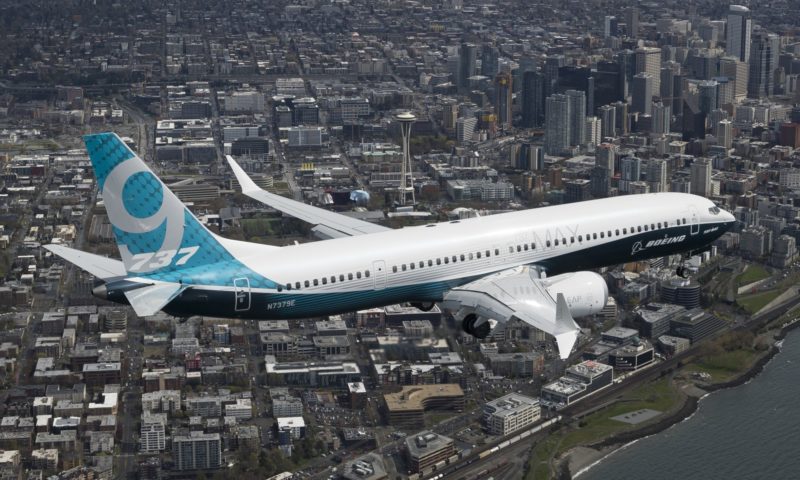
Current Boeing 737 MAX 9 Operators
- 11 Boeing 737 MAX 9 operators
- 5 Airlines use a mid-cabin exit door plug
- Airlines globally operate 215 Max 9 aircraft
Here are the current operators of the Boeing 737 MAX 9 aircraft and the status of the mid-cabin exit door plugs among these carriers.
| S. No. | Airlines | Number of Active B737 MAX 9 | Mid-Cabin Exit Door Plug Status |
| 1 | Aeromexico | 19 | Yes |
| 2 | Air Tanzania | 1 | No |
| 3 | Alaska Airlines | 65 | Yes |
| 4 | Copa Airlines | 29 | 21 with Door Plugs 8 without Door Plugs |
| 5 | Corendon Dutch Airlines | 2 | No |
| 6 | flydubai | 3 | No |
| 7 | Icelandair | 3 | No |
| 8 | Lion Air | 3 | No |
| 9 | SCAT Airlines | 5 | No |
| 10 | Turkish Airlines | 5 | Yes |
| 11 | United Airlines | 79 | Yes |
Airlines Response
Alaska and United Airlines are the only two U.S. passenger airlines that operate the B737 MAX 9 variant. These two airlines operate nearly two-thirds of the 215 MAX 9 aircraft in service around the world.
Alaska Airlines
Alaska Airlines promptly grounded its 65 Boeing 737 MAX 9 planes following the incident, later returning 18 to service after maintenance checks before grounding them again.
“Following tonight’s event on Flight 1282, we have decided to take the precautionary step of temporarily grounding our fleet of 65 Boeing MAX-9 aircraft. Each aircraft will be returned to service only after completion of full maintenance and safety inspections.”
Alaska Airlines spokesperson
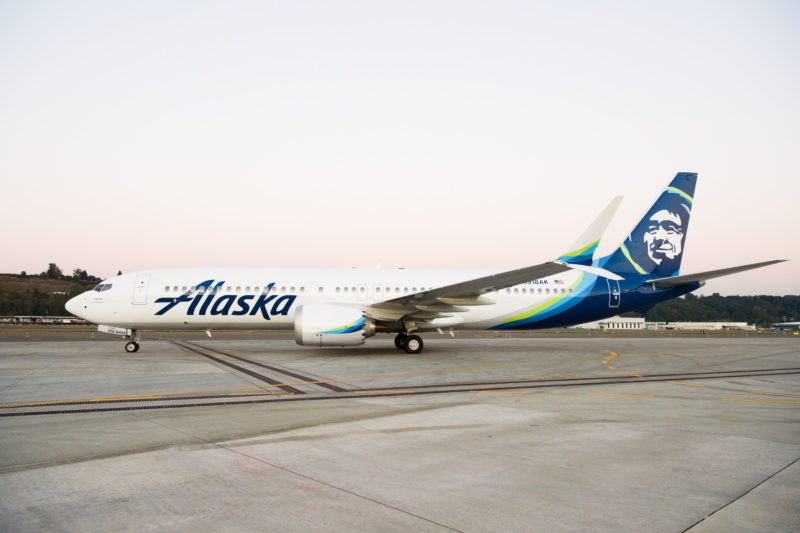
The carrier further said that it had cancelled 170 flights on Sunday with around 60 more flights being cancelled on Monday following the FAA directive.
United Airlines
United Airlines, the larger operator of the B737 MAX 9, has also grounded all of its 737 MAX 9 aircraft as it awaits the FAA-required inspections.
“United has temporarily suspended service on all Boeing 737 MAX 9 aircraft to conduct inspections required by the FAA. We are working with the FAA to clarify the inspection process and the requirements for returning all MAX 9 aircraft to service,” the airline stated.
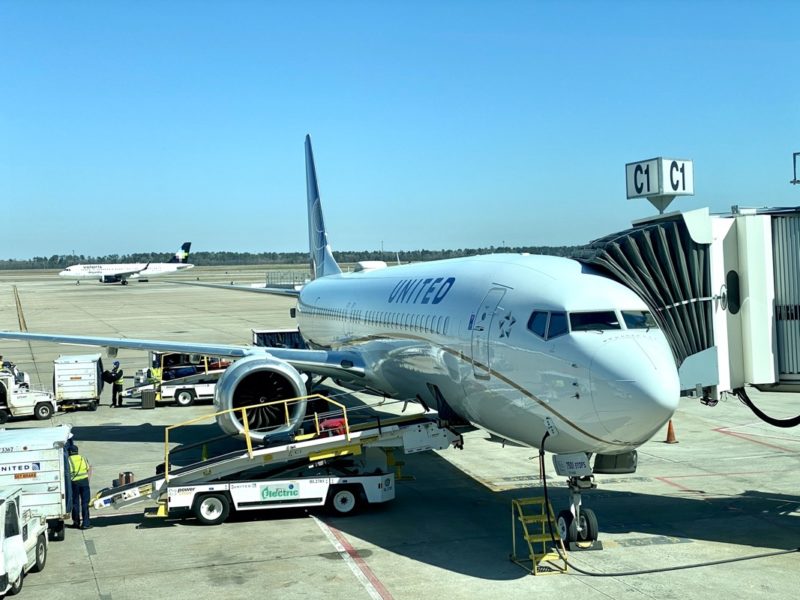
According to reports, United cancelled 230 flights on Sunday, or 8% of its scheduled departures.
Copa Airlines
Panamanian carrier Copa Airlines has also temporarily grounded 21 of its 737 MAX 9 aircraft which feature the mid-cabin exit door plugs. It expects to resume normal operations within 24 hours, with some delays and cancellations anticipated.
The flights affected by this temporary suspension are some departing from Panama to Ecuador, Canada, Argentina, Uruguay, and Brazil, and others arriving in the Central American country from Brazil, Uruguay, Honduras, the United States, Guatemala, and Costa Rica.
Other Carriers
The rest of the B737 MAX 9 operators, including Fiji Airways, flydubai, Turkish Airlines, Aeromexico, and Icelandair, reported their unaffected status or took precautionary measures by inspecting and grounding select aircraft.
Turkish Airlines withdrew five aircraft from service for inspection, whereas the Mexican flag carrier also grounded affected jets for inspection.
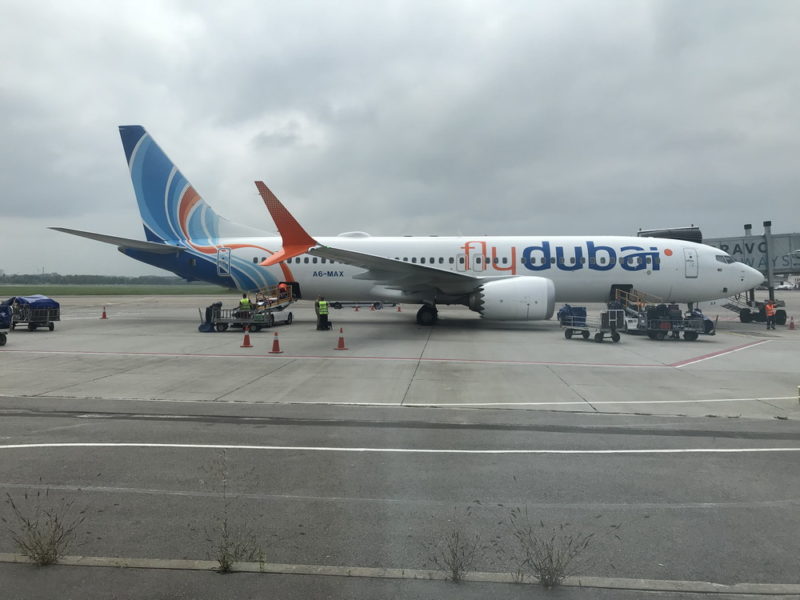
Icelandair, which operates four of the aircraft type said that it is not affected by the FAA grounding of Boeing 737 MAX 9 aircraft.
“It has been confirmed that the issue is related to equipment that is not a part of Icelandair’s Boeing 737 MAX 9 configuration.”
Icelandair spokesperson
This incident and subsequent actions mark a significant challenge for Boeing, as regulatory authorities and airlines respond to ensure the safety of the 737 MAX 9 fleet. Ongoing investigations will shed light on the specific issues leading to the panel blowout and the necessary measures required to address those issues.
Source: Reuters, FlightRadar24




